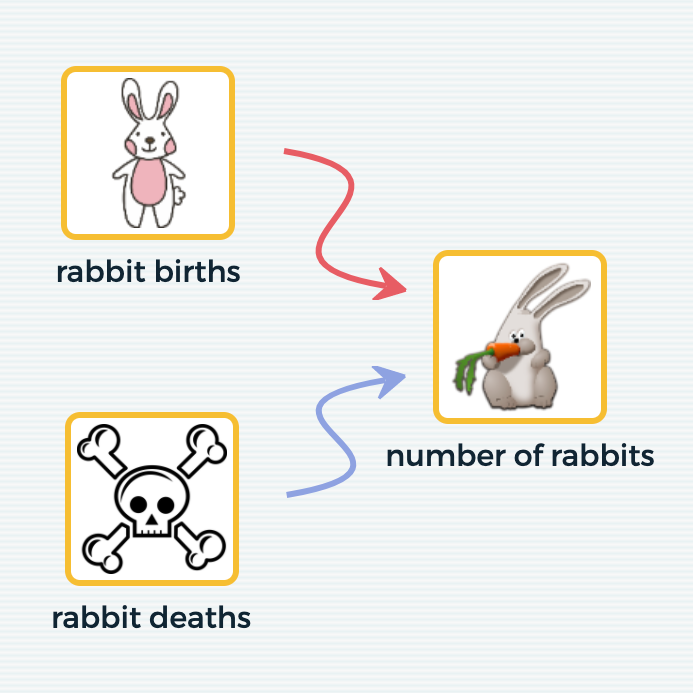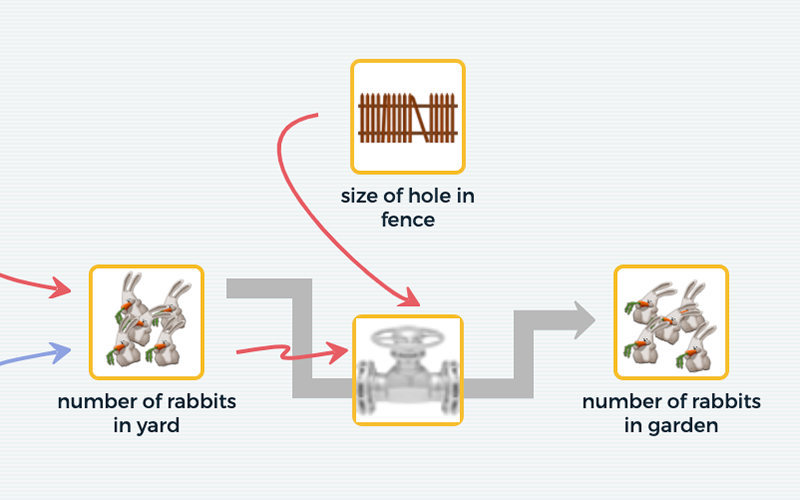We live in an interconnected world. A storm hits, the season’s crop is ruined, stocks go higher or lower, and a broker loses a job. A governor’s actions on mask mandates affect travelers in and out of the state, and COVID cases rise across the country. Or as Thich Nhat Hanh says in The Heart of Understanding, “If you are a poet, you will see clearly that there is a cloud floating in this sheet of paper. Without a cloud, there will be no rain; without rain the trees cannot grow; and without trees we cannot make paper.”
This is systems thinking.
The Next Generation Science Standards recognize “Systems and System Models” as a crosscutting concept and “Developing and Using Models” as a science practice. The Concord Consortium and the CREATE for STEM Institute at Michigan State University have developed a free, web-based systems modeling tool called SageModeler to help students represent their mental models of systems, and easily test, share, and discuss their models.
A short tutorial—now available in both English and Spanish*—can help you and your students get started. Open SageModeler (sagemodeler.concord.org/app) then choose “OPEN DOCUMENT OR BROWSE EXAMPLES.” Select “Getting Started” or “Guía Comenzando – Getting started in Spanish.” Follow along online.


The “Getting Started” document walks you through the mechanics of using SageModeler. It starts by exploring systems in static equilibrium, where a model’s inputs determine an equilibrium state of the model. It then moves to explore behavior over time in dynamic systems, which include complex concepts like accumulation and feedback.
To learn more about teaching systems modeling with SageModeler read “Students making systems models: An accessible approach” (PDF) in Science Scope or connect with us at sagemodeler@concord.org!
* Special thanks to Cristián Rizzi Iribarren for the Spanish translation.